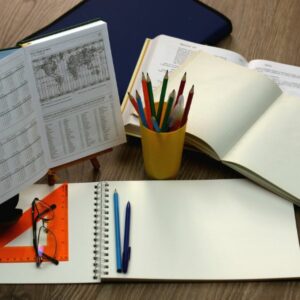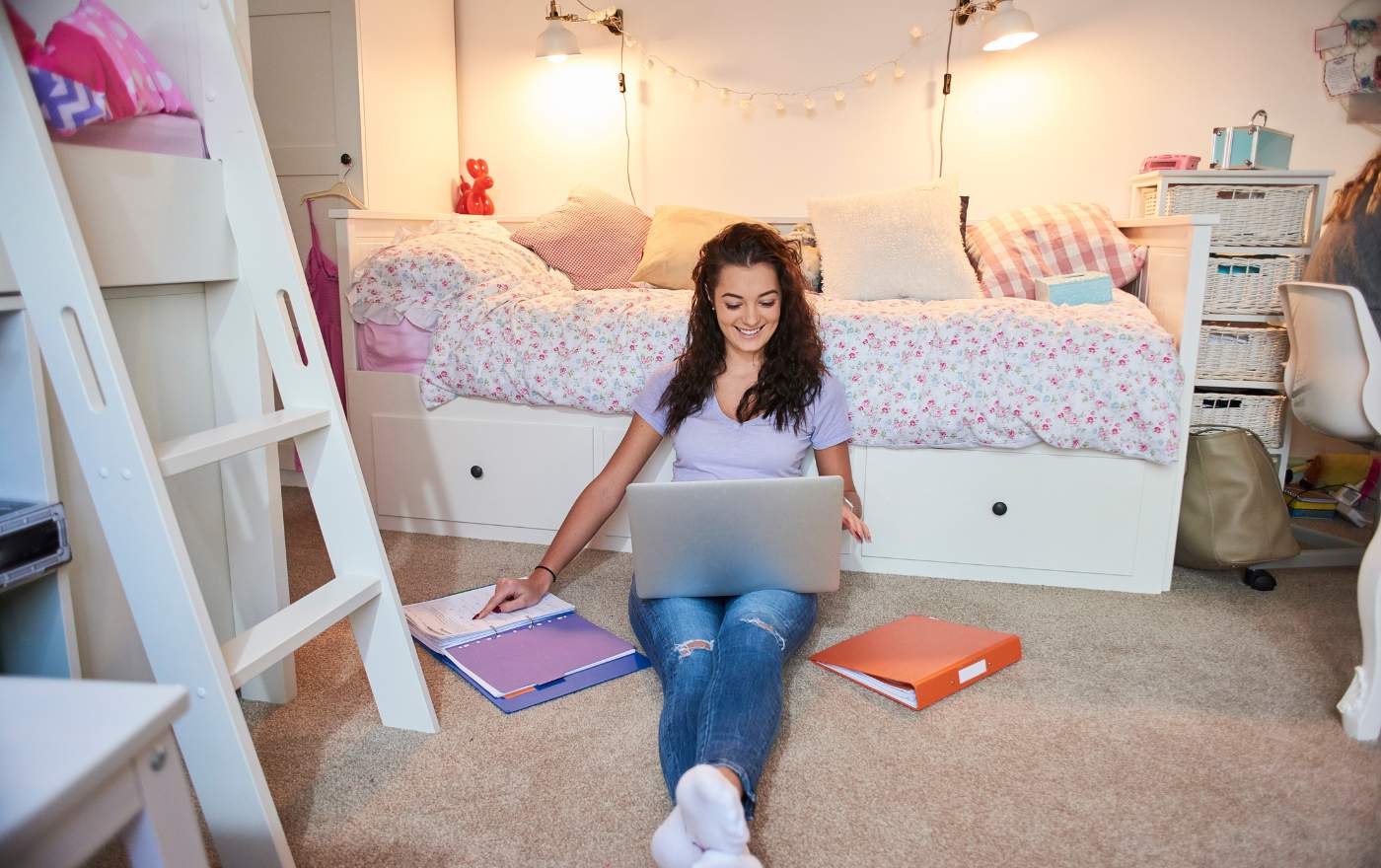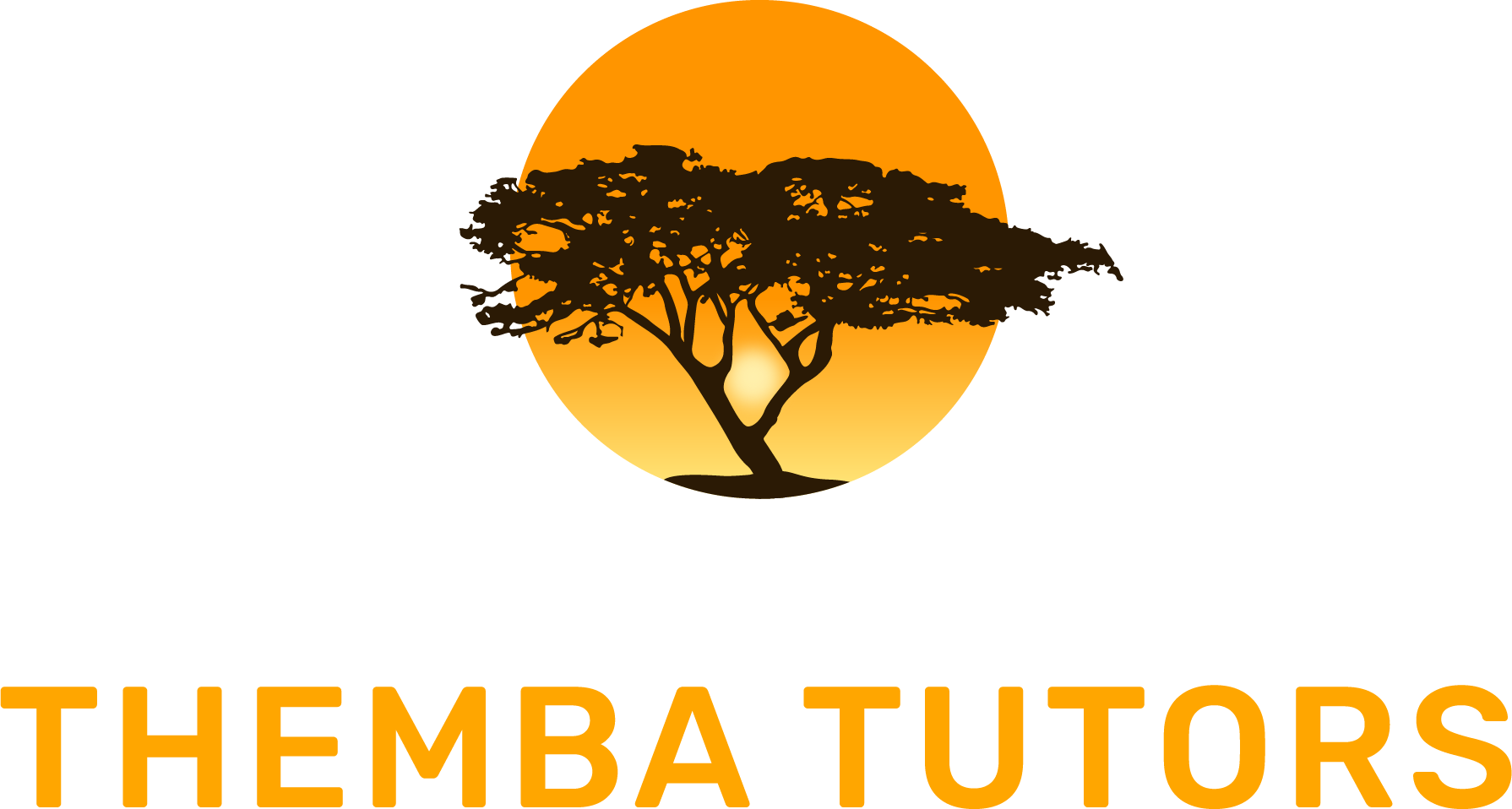
09 Mar 6 Ways for Priming your Environment for Productivity and Success
PRIMING YOUR ENVIRONMENT FOR PRODUCTIVITY AND SUCCESS

How Can Environment Design Boost Productivity For Students?
When fostering a productive learning environment, the design of a physical space can play an important role. From traditional classrooms to remote learning environments, understanding how environment design affects productivity is key to helping students reach their academic goals.
6 Ways for Priming your Environment for Productivity and Success
A well-designed environment has balanced positive and negative spaces, good use of natural lighting, appropriate colors, quality furniture, organization, and maximized storage spaces.
Following the above can help you stay consistent with new habits. When little to no time is spent looking for things, you can focus on tasks that matter.
1. Assess your Space
Every space is different and requires a subjective matter.
Your workspace is as crucial as your study habits. Assessing your space for productivity means making the most of your environment.
- How much room do you have? Work out the negative and positive spaces. Negative space is essential for the room to look and feel decluttered. It comprises a free area, which means the absence of stuff.
- Assure you have enough room to spread all your materials and store extra supplies.
- Use comfortable furniture like ergonomic chairs and desks.
This step is highly important. Take your time to work out which space is ideal. It should give you enough room to spread your legs while sitting. Position yourself by a window for maximum lighting and a more natural environment.
2. Utilize Natural Lighting
Natural lighting is a major mood booster.
Once this has been determined, look at the room’s lighting. Is there adequate light, or do you need additional lighting? Natural light has been proven to boost productivity and reduce fatigue. You can position your desk or work area near a window or skylights – all the better if it has a beautiful outdoor view.
Position desks or work areas near windows or skylights with unobstructed views of the outdoors. This will allow natural sunlight to penetrate the room, providing an atmosphere where people can better concentrate on the tasks at hand.
Additionally, you can place small mirrors to reflect the light into darker corners of the space.
3. Choose Appropriate Colors
Color psychology plays a huge role in shaping your environment for the better.
What type of atmosphere do you want to create? Cooler shades, such as blues and greens, create a calming effect. While warmer tones, such as reds or oranges, can help spark energy and creativity. Also, consider the lightness and darkness of the color. For instance, bright colors are more likely to attract attention than duller hues.
Remember to combine your personal preference with color psychology. You may prefer bright colors but like pastel purple more than pastel blue. Furthermore, selecting colors that fit with existing decor is important to ensure harmony throughout the entire space.

4. Declutter and Organize
Let go of unnecessary notes and books immediately.
School documents can pile up quite quickly. Also, add stationery items and digital files to the list. When less happens in your environment, you’re more likely to find the needed material. It also tones down distractions, which is key to productivity.
Here are some tips on how students should declutter and organize their workspace to boost productivity.
- Get rid of unnecessary papers, books, writing utensils, and objects unrelated to your school or college.
- Use organization tools like binders and folders.
- Placing sticky notes at eye level assures you won’t miss critical reminders.
Staying organized can reduce anxiety levels and the pressure and hassle of completing tasks.
5. Maximize Storage Solutions
Make the most of what is already available.
Have a look at storage options in your home. It doesn’t have to be a fancy closet or backpack. You could have portable drawers close to your workspace and utilize them to store important documents. Also, try out a few ideas below.
- Utilizing empty cups and mugs for putting in stationery items.
- Using containers or hanging pockets is also helpful for items such as notes or textbooks that must remain within reach during study sessions.
- Multipurpose furniture like an ottoman with internal storage will allow you to hide away unwanted items while also giving extra seating space.

6. Surround Yourself with Energizing Triggers or Cues
What keeps you going when studying gets tough?
Motivational cues act as environmental triggers. You may need help for a ‘push’ when studying difficult topics and subjects. So having something that boosts your mood and energizes you is the best way to keep things going. Check out the examples below.
- A poster with an inspiring or wise quote about knowledge
- Scented candles can serve your sense of smell
- Soothing music or white noise can serve as audio cues
- A stress ball to ease those nerves
Adding a few decorative elements like plants or artwork could also be beneficial to make it more inviting and aesthetically pleasing. It’s a good idea to assess what you like and include it in your environment. It’s even better to incorporate productive triggers for all your senses!
Conclusion: Set up Your Environment for Productivity Success
Environment design can be a powerful tool for boosting student productivity. Choose your study space and assess the positive and negative space. Think about natural light and how comfortable your seating arrangement is in the next step.
Don’t forget that color can greatly influence your mood – get visual triggers of your favorite color if making major changes is out of the question. Remembering your preferences will help create consistent study schedules and a motivational atmosphere.
References:
The case for finally cleaning your desk
https://hbr.org/2019/03/the-case-for-finally-cleaning-your-desk
How decluttering your space could make you healthier and happier
https://www.mayoclinic.org/healthy-lifestyle/stress-management/in-depth/how-decluttering-your-space-could-make-you-healthier-and-happier/art-20390064
The relationship between mental health and cleaning
https://www.verywellmind.com/how-mental-health-and-cleaning-are-connected-5097496
Surprising benefits of staying organized
https://selecthealth.org/blog/2021/01/5-surprising-benefits-of-being-organized
Color psychology
https://www.colorpsychology.org
Craig Selinger
Latest posts by Craig Selinger (see all)
- Psychotherapy and Support Services at Cope With School NYC - April 12, 2024
- NYC Parents of Teens Support Group - April 8, 2024
- Here I Am, I Am Me: An Illustrated Guide to Mental Health - April 4, 2024


No Comments